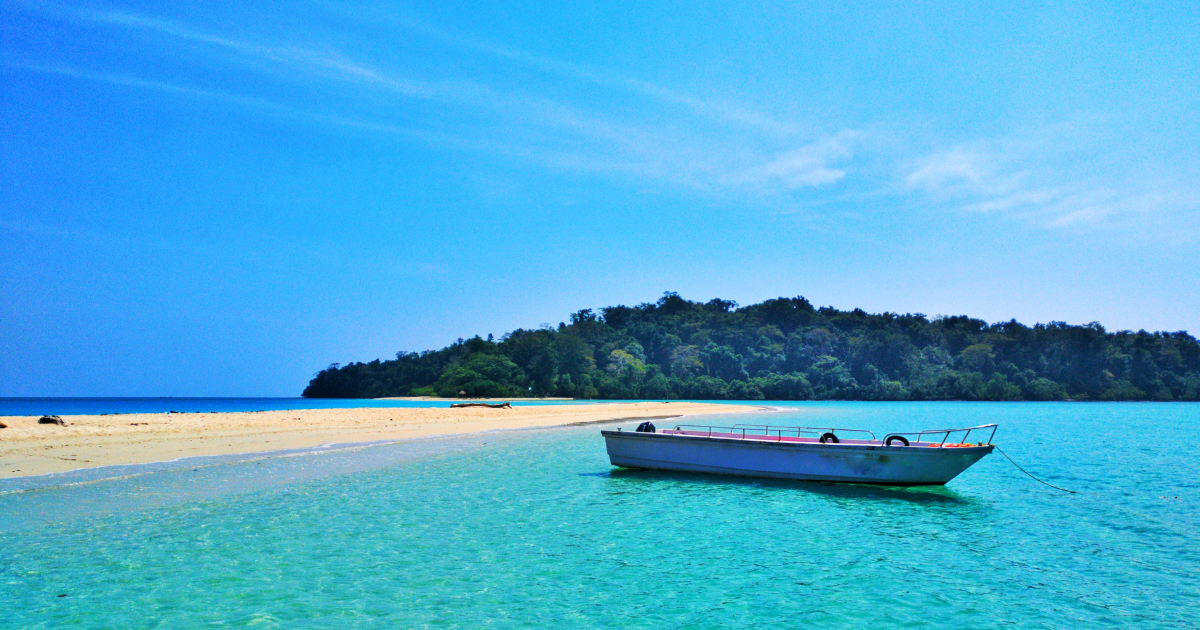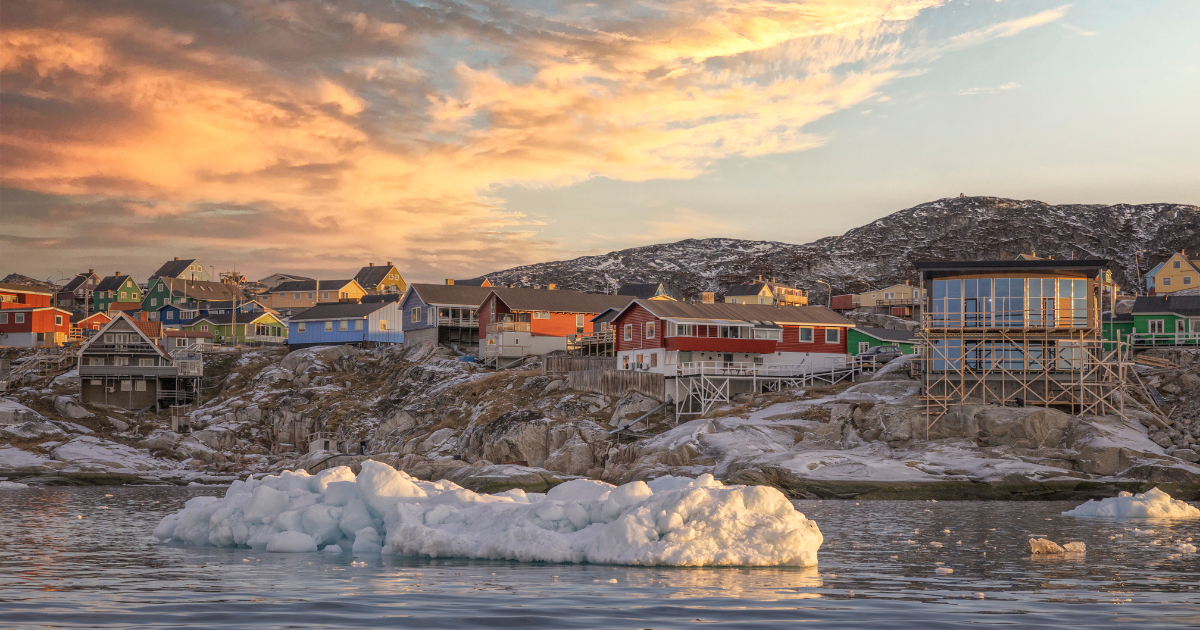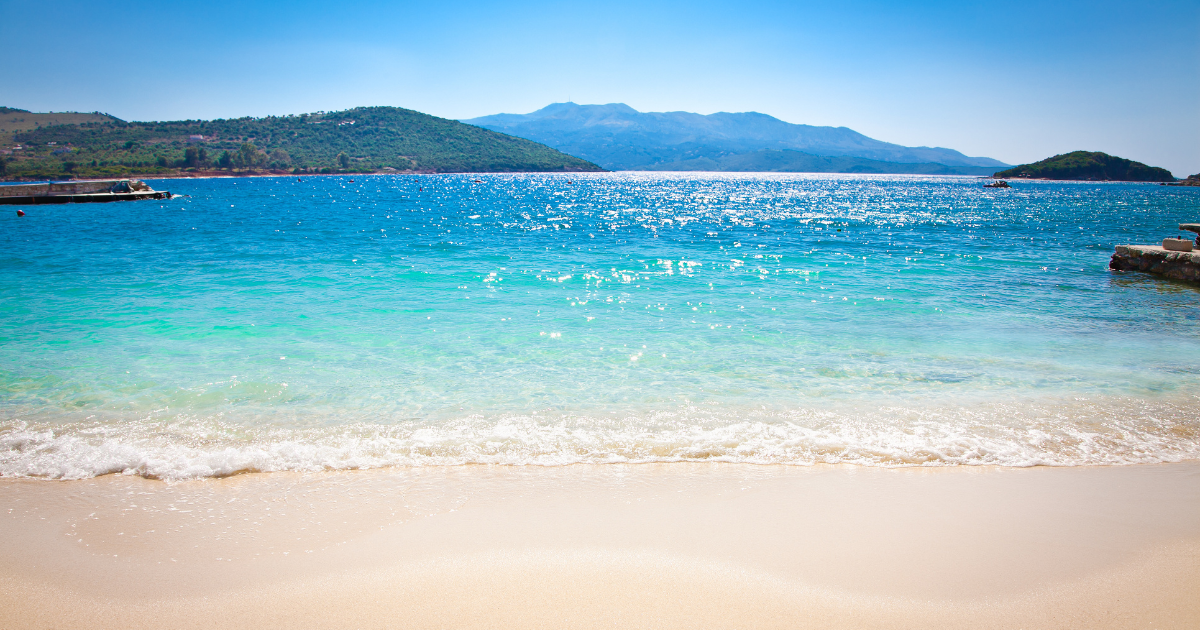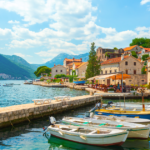In this article, we will explore the topic of the most remote place in Europe. Join us as we discover fascinating locations that are tucked away from bustling cities and tourist attractions.
From secluded islands to hidden mountain villages, you’ll learn about these lesser-known destinations and the unique experiences they offer. So, get ready to embark on a journey to Europe’s hidden gems!
What Is The Most Remote Place In Europe? – Introduction
Have you ever wondered what the most remote place in Europe is? In a continent bustling with major cities, transportation infrastructure, and a dense population, it is hard to imagine a corner of Europe that can truly be considered remote.
However, there are certain factors that contribute to the remoteness of a place, such as its distance from major cities, inaccessibility, and population density. In this article, we will explore these factors and delve into different regions of Europe that can be considered remote.
What Is The Most Remote Place In Europe? – Definition of Remote

Distance from major cities
The distance from major cities is one of the key factors determining the remoteness of a place. Europe, with its numerous significant cities, is not often associated with remoteness.
However, there are areas that are far removed from the hustle and bustle of urban life. These places are characterized by their sheer distance from major cities, making them challenging to access and less inhabited.
Inaccessibility
Inaccessibility is another significant aspect of remote areas. Some regions in Europe are simply difficult to reach, with limited transportation routes or no direct access at all. The lack of infrastructure, such as roads or airports, can contribute to a place’s overall remoteness.
Population density
Population density is another indicator of how remote a place is.
European cities are known for their high population densities, but some regions have significantly lower populations due to their remoteness. Low population density indicates that a place is not well-connected or easily accessible.

What Is The Most Remote Place In Europe? – Factors Influencing Remoteness
Geographical features
Geographical features play a crucial role in determining the level of remoteness of a place.
For instance, mountainous regions and islands are often characterized by rugged terrains, making them challenging to connect with the rest of Europe.
The presence of natural barriers, such as large mountains or vast bodies of water, can contribute to the isolation of a place.
Transportation infrastructure
The availability and quality of transportation infrastructure greatly influence the remoteness of an area. Well-developed roads, railways, and airports facilitate connectivity and reduce the level of remoteness. However, some regions lack these resources, making them more isolated and remote.
Economic development
Economic development also plays a significant role in determining the level of remoteness. Areas that are economically disadvantaged often lack the necessary resources for development and connectivity. This further isolates them from major commercial and industrial centers in Europe.
Islands as Remote Places

Challenges faced by island communities
Islands are inherently remote due to their geographical nature, often surrounded by vast bodies of water. The remoteness of islands can pose numerous challenges for their communities. Limited access to resources, including food and healthcare, can be a significant issue.
Additionally, the isolation can lead to a sense of detachment from the mainland, resulting in unique cultural aspects that set island communities apart.
Unique cultural aspects
The remoteness of islands often leads to the preservation of unique cultural aspects. Isolated from external influences, island communities often maintain their traditions, customs, and even language. These cultural aspects become a significant draw for tourists seeking an authentic experience.
What Is The Most Remote Place In Europe? – Mountainous Regions and Remoteness

Impact of rugged terrain on connectivity
Mountains are another form of natural barrier that can create remote regions in Europe. The rugged terrain makes it difficult to build infrastructure, such as roads or railways, leading to limited connectivity with the rest of the continent. This lack of connectivity can make mountainous regions relatively remote.
Hardship faced by mountain communities
Living in remote mountainous regions can be challenging due to the harsh climate, limited access to resources, and a lack of economic opportunities.
Mountain communities often have to rely on traditional means of survival, such as agriculture or small-scale industries, to sustain their livelihoods.
What Is The Most Remote Place In Europe? – Remote Villages
Isolated communities in rural areas
Remote villages in Europe are often isolated communities located in rural areas. These villages are characterized by their distance from major cities, limited infrastructure, and low population densities. The lack of connectivity presents challenges for the people living in these remote villages.
Maintaining traditions and lifestyle
Despite the hardships, remote villages often work hard to preserve their traditions and way of life.
With limited exposure to external influences, these villages have been able to maintain their cultural heritage, which attracts tourists interested in experiencing a slower pace of life and traditional customs.
Arctic and Subarctic Regions
Extreme weather conditions
The Arctic and Subarctic regions in Europe are undoubtedly the most remote areas. These regions are characterized by extreme weather conditions, including freezing temperatures and limited sunlight.
The harsh environment makes it challenging for human habitation and results in limited human presence.
Limited human presence
Due to extreme weather conditions and overall inaccessibility, the Arctic and Subarctic regions have limited human presence.
These areas are largely uninhabited or have a very small population, mostly consisting of indigenous communities that have adapted to the challenging environment.
What Is The Most Remote Place In Europe? – Conclusion
While Europe may be a continent known for its bustling cities and well-connected infrastructure, there are still remote places that exist. These remote areas are often characterized by their distance from major cities, inaccessibility, and low population densities.
Geographical features, transportation infrastructure, and economic development also play a significant role in determining the level of remoteness. Whether it is an island, a mountainous region, or a remote village, these places face unique challenges and often preserve cultural traditions that set them apart.

However, the ultimate example of a remote place in Europe can be found in the Arctic and Subarctic regions, where extreme weather conditions and limited human presence create a truly remote environment.
What Is The Most Remote Place In Europe? – Resources
- Transportation Expenses
- Resource: Eurail – Official Site for European Rail Passes Eurail offers train passes for travel between European countries, allowing flexible and budget-friendly travel options for various regions.
- Accommodation Costs
- Resource: European Youth Hostel Association – Hostelling International Hostelling International is a global network of Youth Hostels, providing budget-friendly accommodations across Europe.
- Food and Dining Expenses
- Resource: Local Food and Flea Markets in Europe The official Visit Europe website provides information on local markets for affordable and authentic dining experiences.
- Sightseeing and Entertainment
- Resource: European Heritage Days European Heritage Days offers free or discounted access to thousands of events in European countries, allowing affordable cultural experiences.



















